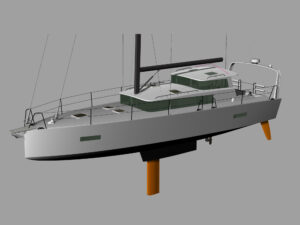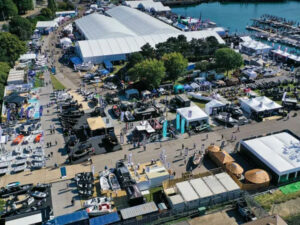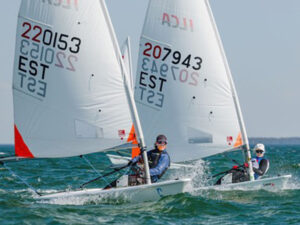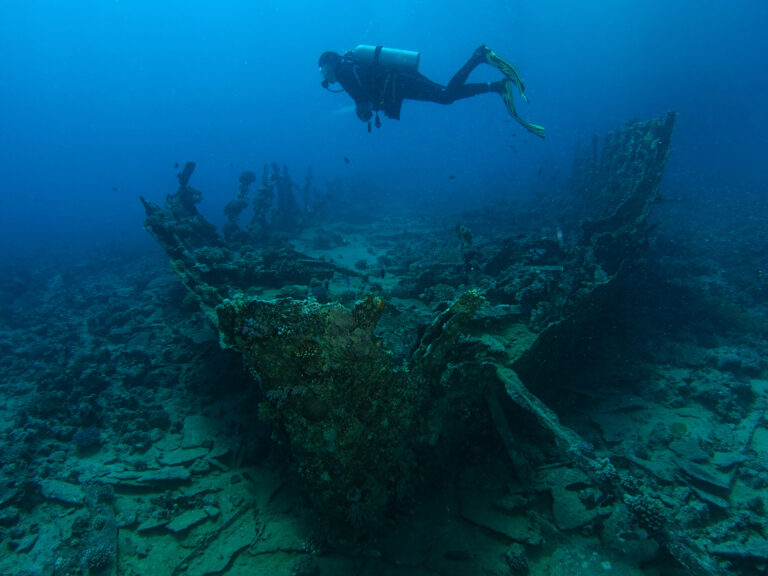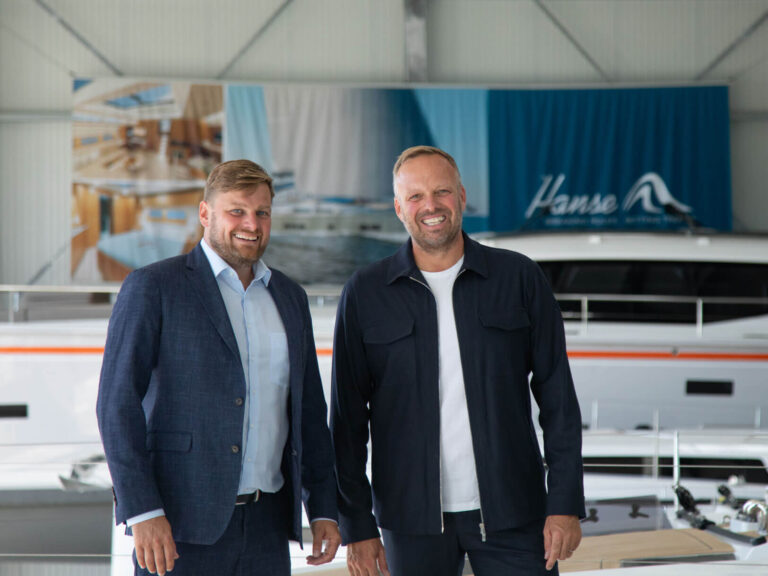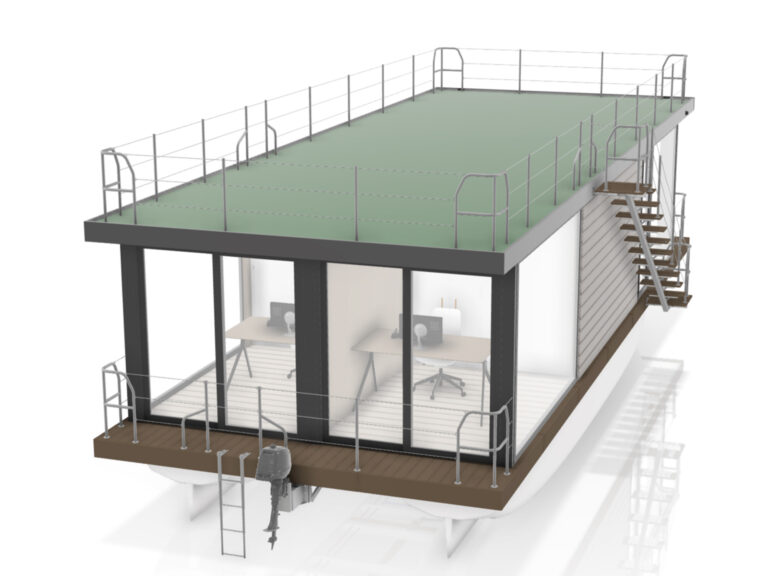
Cruisers’ Summer Camp—that’s how sailors refer to hurricane season in Grenada. Due to its comfortable position just south of the hurricane box, the island is a mecca for Caribbean cruisers, with boats making leisurely tracks south before the July 1 insurance deadline. And it’s easy to see why. Morning yoga, afternoon dominoes, kids’ beach get-togethers and movie nights are just some of the regular cruiser events. There are well-stocked chandleries and knowledgeable marine technicians, the locals are welcoming, and the lush terrain and rich culture offer myriad adventures. You almost forget that you’re hiding out from named storms.
Understandably, though, the 2020 season is shaping up differently due to COVID-19. Restrictions are easing, but a state of emergency is still in effect, with regulations changing weekly. Social activities are virtual, and the island is preparing for a second wave of the virus when it reopens to commercial tourism later this summer.
COVID-19 brought the cruising season to a halt. While languishing in lockdown, many mariners reevaluated their plans for hurricane season. Most island ports, including Grenada, were still closed in early May, and some cruisers who were stalled in the US Virgin Islands and the Bahamas started heading north. Facing long passages, unsettled weather and unknown government regulations in the islands, heading north of the “hurricane box” to the northeast coast of the United States became the more tangible option.
Others waited for word from the Marine & Yachting Association of Grenada (MAYAG), an organization working with the Grenadian government to find a feasible process for allowing registered pleasure boats in for the season. Finally, in mid-May, MAYAG’s plan was approved, and notice was sent to more than 700 mariners, with dates for phased entry throughout June, July and August.
For cruisers who receive the green light from MAYAG, the measures are exhaustive. Mariners are required to sail straight to Grenada—no stops. Upon arrival at the Q dock at Port Louis Marina, temperatures of all crewmembers are taken, and the boat is then directed to the designated quarantine anchorage off St. George’s for 14 days. Days at sea are not deducted, and necessities are ordered online or over the phone or VHF radio and delivered to the Q dock for contact-free pickup. Once the 14 days are up, crew return to the Q dock for rapid tests, and with negative results, the boat is officially cleared in.

Though lengthy, the process has been conducted smoothly by MAYAG and the Port Louis Marina staff. In fact, Grenada’s cruising community might even grow to higher numbers this year because the airport remains limited to repatriation flights, and those who would normally put their boats on the hard and fly out might be forced to stay on island, at least initially. In addition, cruisers who were in Grenada when the borders shut but hoped to do the storm season in Trinidad have been forced to stay put—like Lee Matthews, who sails Delphinus, a 1989 Warrior 40, with his wife, Kirsty.
“We are really grateful not only to the government here, who did a great job and let us stay, but also to the local people, who have been nothing but welcoming, even in these times,” Lee says. The Trinidadian government has not yet approved a plan like MAYAG’s that allows entry for registered boaters.
RELATED: Why You Should Sail the Grenadines
Kathy and Jim Nee are another couple who originally planned to head to Trinidad on their 1987 Passport 40, Inishnee. Even if the borders open later in the season, they plan to stay. “We don’t want another lockdown or 14-day quarantine, and Grenada can offer the things we need,” Kathy says. “It’s also a way to help the economy here and say thank you for sheltering cruisers during this time.”
Still, the 2020 season is understandably different. Social gatherings are still not permitted—on land or on neighboring boats. Cruisers are allowed ashore daily, though a strict islandwide evening curfew is enforced. Face masks are required in public, and buses and shops operate at reduced capacity to enforce social distancing.
Popular events such as the weekly Saturday hash, which is an organized hike through the bush, might not resume for the season, and Carnival, an August highlight for cruisers and locals alike, was canceled. The fate of other events later in the season remains to be seen.
But the collective outlook here is positive. Virtual events like trivia and bingo are organized on a regular basis and run through the VHF. Marine technicians are allowed to work again, and the yards are humming with business. Though places such as the movie theater remain closed, the pristine beaches, lush hiking trails and breathtaking waterfalls are all open for “family exercise.”
With regulations changing often, it will be interesting to see how the end of the hurricane season looks compared with the beginning. The airport started a phased reopening July 1, and when the borders open fully, the island will brace itself for a second wave of COVID-19. A fast and aggressive approach during the first kept the number of cases low and contained. And of course, cruisers will continue to regularly track the tropical disturbances. It is hurricane season after all.


